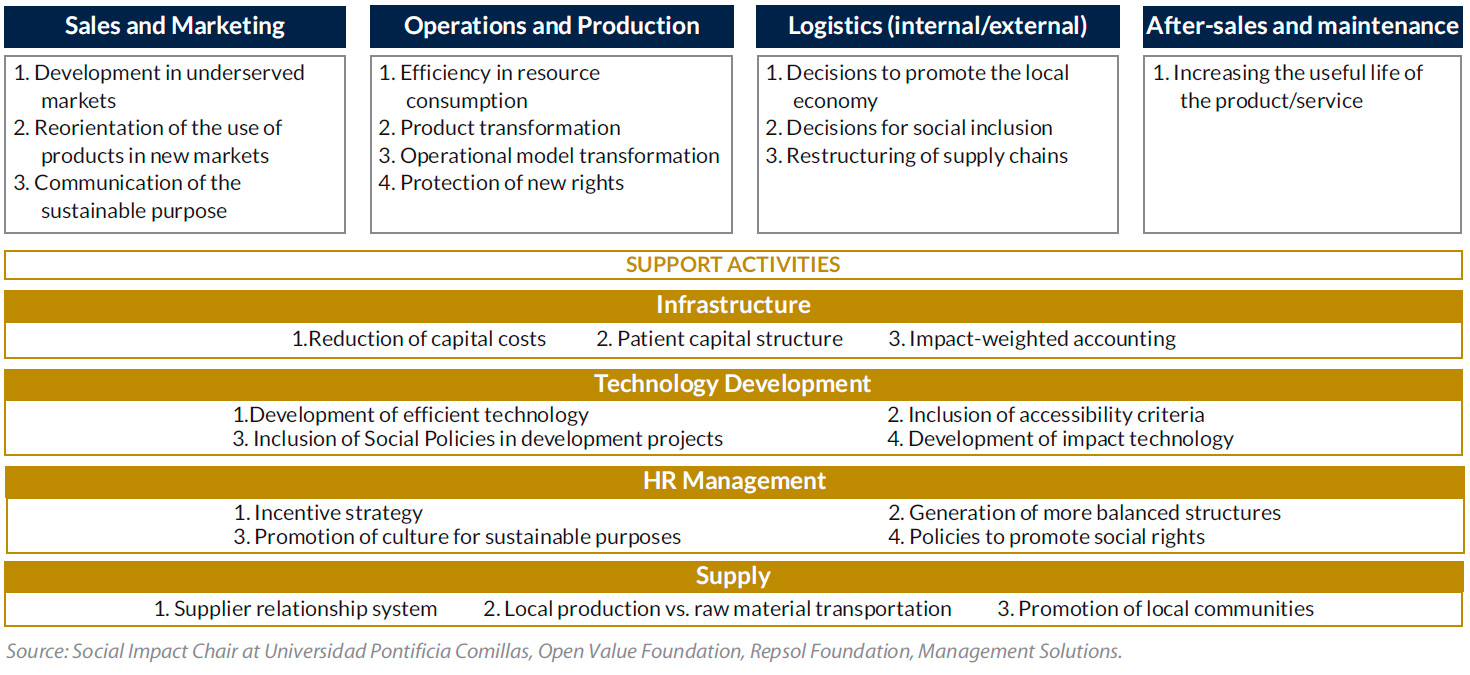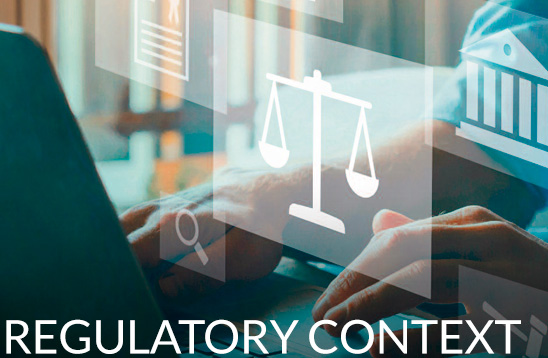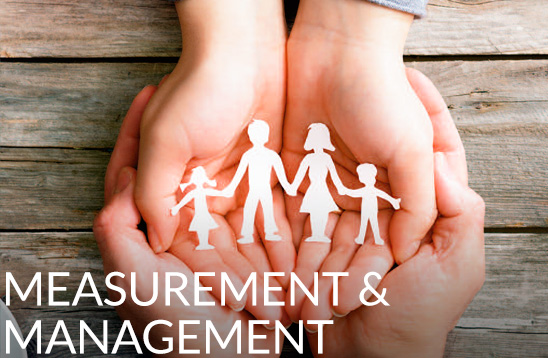Challenges and opportunities in social impact measurement
Video: Social Impact
Table of Contents
Download document
Today, the business world is facing a growing number of challenges from multiple sources. In the words of Klaus Schwab, "for businesses, the economic, technological and reputational pressures of the current context carry the risk of a disorderly collapse and threaten to leave large numbers of workers and companies behind”.
Some of these challenges are global warming and environmental deterioration, the inefficient use of natural resources, the increase in migratory crises, the violation of human rights, war conflicts, food crises in certain regions, employment crises, or the serious health crisis resulting from the COVID-19 pandemic, which in turn exacerbates these challenges and jeopardizes progress made in terms of development and social advancement.
Among them, social and environmental challenges have a particularly broad resonance with society, key stakeholders and regulators and supervisors, which is conditioning company strategy. According to the United Nations Global Compact:
“Social sustainability is about identifying and managing the business impact, both positive and negative, on people. The quality of a company's relationships and engagement with its stakeholders is critical. Directly or indirectly, companies affect what happens to employees, workers in the value chain, customers and local communities, and it is important to manage impacts proactively”.
Responding to these challenges requires a "sustainable transformation" of the business fabric in order to ensure its long-term resilience. This implies a paradigm shift in all areas: corporate strategy, product and service offerings, risk analysis, the operating model, relations with customers and suppliers, communication, etc. In short, the evolution towards a new business model in line with sustainability principles, particularly social and environmental ones.
The corporate sector is already immersed in this transformation, in response to changes in demand from customers and investors.
Integration of ESG Principles in the Value Chain

Examples inclu:
• Efficient treatment of raw materials: adaptations to transformation processes (manufacturing, packaging, packing, equipment maintenance, etc.). Some initiatives include the search for efficiency in the consumption of natural resources (use of certified raw materials, use of recycled or recyclable materials, etc.), and product adaptations to make them more sustainable (products without planned obsolescence, products that can be reused, refurbished, remanufactured or recycled, etc.).
• Changes to distribution processes: incorporation of environmental and people care principles such as the promotion of the local economy, the hiring of people at risk of exclusion and the restructuring of supply chains to improve transportation processes (reorganization and coordination of routes, more effective groupage, transformation of fleets, creation of offshore logistics hubs, etc.).
• Development of sustainable technologies: comprising approved accessibility criteria, inclusive technological developments in the use and application of technologies and systems, and embedment of social policies in development projects (work-life balance policies, promotion of team diversity, etc.).
• Human resources management: incorporation of social and environmental criteria in the remuneration policies of company governing bodies, appointment of independent roles, implementation of policies to promote social rights, etc.
This transition towards a sustainable economy has led to the so-called "environmental, social and governance impacts of an organization's activities" becoming fundamental in business management. And this trend has sparked interest in measuring the value that companies’ activities, projects and investments generate, in an effort to anticipate how opportunities may be captured and the risks associated with ESG impacts may be mitigated.
But how an “impact” can be defined? There is still little concreteness in the definition and scope of what constitutes a social and environmental impact; the ecosystem is still in the process of developing a common language. Some of the definitions proposed by international organizations with a relevant role in the ecosystem are:
• The European Commission and the Group of Experts on Social Entrepreneurship (GECES) in its report "Proposed Methods for Measuring Social Impact" defines social impact as follows: "the reflection of social outcomes as measurement, both long-term and short-term, adjusted for the effects achieved by others (alternative attribution), for effects that would have happened anyway (deadweight), for negative consequences (displacement) and for effects declining over time (drop off)".
• According to the World Bank, environmental and social impacts refer to any actual or potential changes in relation to: (i) the physical, natural, or cultural environment, and the (ii) impacts on the wider community and workers as a result of the project activity in question.
• Impact Management Project, an initiative that, since its launch in 2016, has brought together more than 2,000 professionals from the social impact measurement and management ecosystem, defines it as: "The positive and negative, primary and secondary long-term effects produced by an intervention, direct or indirect, intended or unintended".
As can be seen, the definitions all agree on the idea of generating changes in human welfare even if they are slightly different from each other. In an attempt to overcome the confusion arising from the absence of a common notion of social impact, the Social Impact Chair at Comillas Pontifical University, Open Value Foundation, Repsol Foundation, Management Solutions recently proposed a definition that has been endorsed by a large number of experts in the field:
“The changes experienced by both people and the planet as a result of a particular activity, program or policy, which affect human conditions over the long term. These changes may be measurable, positive or negative, intended or unintended, tangible or intangible”.
In addition to reviewing the definition of social impact, many questions are addressed: How are social, environmental and good governance impacts measured? Are there standards that define the methodology and make it possible to build sustainability strategy reporting and monitoring exercises? Where do the difficulties currently lie in implementing these social and environmental impact measurement exercises in organizations? What is the current state of development of these practices in the business world and what are the future trends in the market?
This paper will attempt to answer these questions and is structured in three sections:
• Regulatory context: the document will first provide a brief review of the regulation, focusing on Europe and on international standards setting out the first guidelines on social impact measurement and reporting.
• Characteristics of the impact measurement and management process: the paper will then discuss the social impact measurement and management process in organizations, under different approaches, illustrated with a practical example.
• Benchmark practices: finally, an analysis will be provided on good market practices adopted by several companies that have already started to measure and manage their social impact, with a description of the measurement goals, the processes implemented, the characteristics of the reporting and communication exercises, etc.
Table of Contents
Introduction
Executive summary
Regulatory context: characteristics,
trends and applicability
Practical example of impact
measurement
Analysis of the degree of advancement of
standard market practices
Conclussions
References and glossary
Challenges and opportunities in social impact measurement
Access the full document







